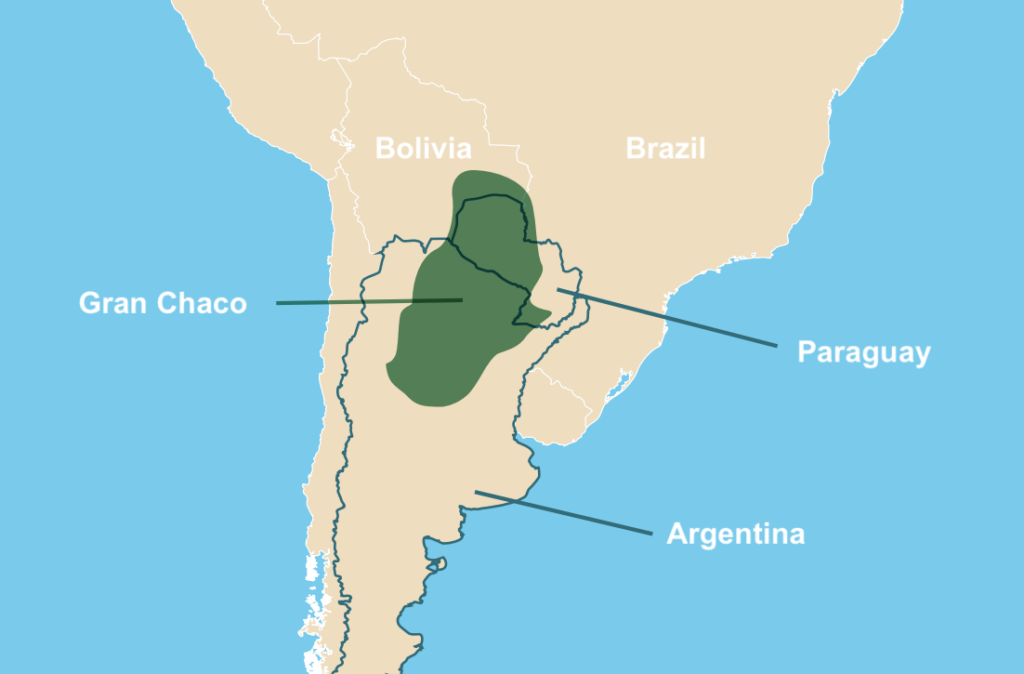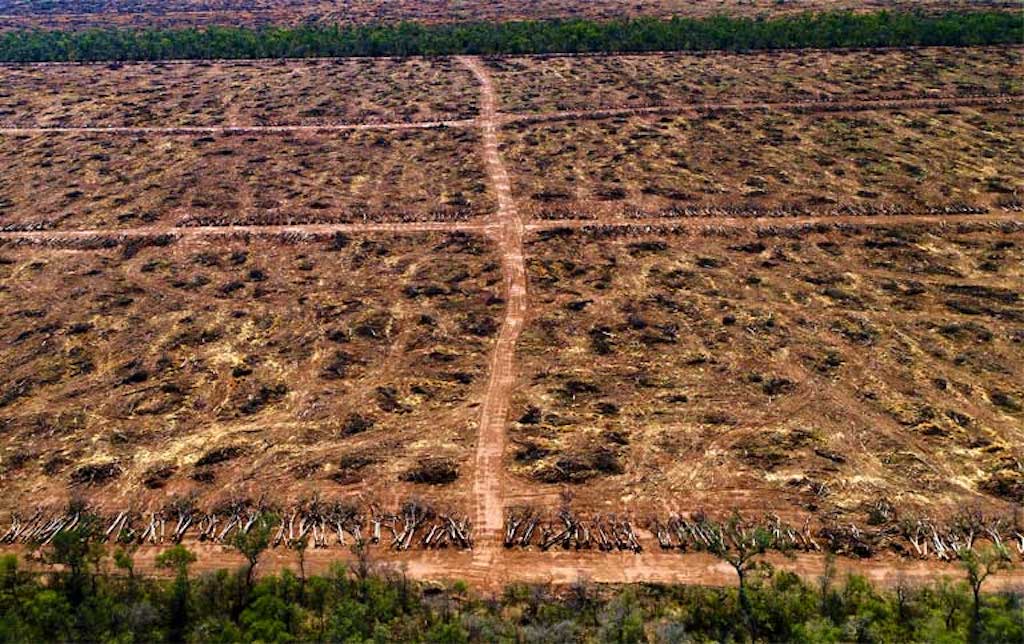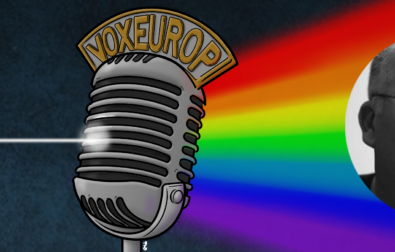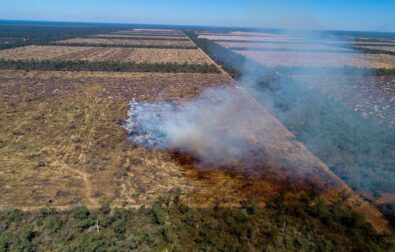This article is reserved for our subscribers
The Gran Chaco is a green jewel. Less well known than its "big sister", the Amazon, this South American forest covers 110 million hectares - more than a million square kilometres, one and a half times the size of France - between Argentina, Paraguay, Bolivia and Brazil. Jaguars, tapirs and peccaries live among the foliage, and the forest is home to nearly 5,000 different species of plants and animals, some of which are critically endangered. But for years, the region has also been a magnet for greed: a prime agricultural area where soya is grown, even if it means destroying entire tracts of vegetation.
To feed the animals that satisfy Europe’s steadily rising consumption of meat and dairy products in Europe, farmers rely heavily on imported cereals from Latin America, primarily soy. After Brazil, Argentina is the European Union's second largest supplier of soybean products, covering 21% (7.7 million tonnes in 2021) of the 27 member states' total consumption. Because of its high protein value, soy accounts for up to 25% of the feed given to industrial livestock.

Soy, mostly genetically modified, arrives in the EU both processed into meal or cake and in the form of unprocessed soybeans which are then processed into flour in European plants. Argentina is historically the world's largest exporter of the processed meal (though Brazil is likely to overtake it in 2023). Because of its high protein value, soy meal accounts for up to 25 percent of the feed given to industrial livestock.
The cultivation of soy is devastating for forest ecosystems, likely more so than any other product recently imported to Europe.
The EU is in second place (after China) for soy imports worldwide (and in third place after China and India for all commodities whose production is responsible for deforestation). Between the raw soybeans and the processed soybean meal of cake, including those specifically used for animal feed, Europe imported more than 580 billion tonnes in the ten years until September 2023, according to Eurostat data.
In particular, the EU is the largest importer of soybeans from Chaco, an ecologically sensitive region of northern Argentina. The Chaco exported 356,000 tonnes to Europe in 2019, accounting for more than 50% the area's total exports. With its major contribution to global demand, Europe has thus prompted producers to deforest large areas of this Argentinian region to make room for soybeans destined as animal feed for meat production.
Chaco is in third place among regions supplying soybeans to the European Union, after Amazonia and Cerrado (in Brazil). These latter areas, however, are mainly oriented towards the Chinese market.
In answer to the disastrous environmental impact of, among others, tropical soybean farming, in 2022 the EU passed a new regulation (called EUDR, European Union Deforestation Regulation). This bans the produce of deforested land from entering the European market.
Alas, the ban's implementation has been postponed until 2025 for large businesses. Together with legal loopholes arising from lobbying by the timber industry and its allies in some EU governments, this has left a number of forests (in Europe and beyond) languishing at the mercy of the profit motive.
And at least one third of Chaco will be excluded from the European regulation unless its remit is extended to "other forest areas", as defined in a specific review clause. That is because Chaco (like the Brazilian Cerrado) is in fact a mosaic of forests, savannas and grasslands that do not fall entirely within the FAO's narrow definition of forest, on which the EUDR is based.
Chaco deforestation: the numbers
The Chaco ecoregion is the second largest forest habitat in South America after the Amazon. It is divided into a dry portion (the largest such habitat in the world) and a wet portion, and totals 110 million hectares. 62 percent of the Gran Chaco is in Argentina , while the rest stretches into Bolivia, Paraguay and Brazil. It is home to almost 5,000 different plant and animal species, some of which are at high risk of extinction. Moreover, in order to make room for the soybeans, local people have regularly been expelled from their land by means of intimidation and violence. They include mestizos as well as indigenous peoples such as the Wichí, Pilagá, Qom, Vilela, and Moqoit.
According to a report published in 2022 by the group Periodistas por el Planeta, coordinated by the Argentinian Marina Aizen, this rampant soy production has cost around 14 million hectares of trees in the Argentinian Chaco over the past 30 years. The deforestation rate for the entire ecoregion (25 percent) exceeds that of the Amazon (17 percent) and is second only to the Cerrado (50 percent).
Besides harming biodiversity, the destruction of the Chaco forest is having an impact on global warming, as the felled trees no longer absorb carbon dioxide. Deforestation, which accounts for about 15 percent of Argentina's CO2 emissions, is the source of about 10 percent of planetary emissions. That is two thirds of all transport (land, sea and air) combined.
According to estimates by the think tank Planet Tracker, deforestation in the Chaco attributable to EU-imported soy caused the release of 7.3 million tonnes of CO2 in 2018 alone.
Data from Trase, a platform for monitoring the sustainability of agricultural commodities, shows that 95 percent of deforestation in Argentina has been in the Chaco (the only ecosystem for which accurate measurements exist). This land accounted for 10 and 4 percent, respectively, of Argentina's annual soybean production (6.6-8.9 million tonnes) and exports (over 2 million tonnes) in the 2015-2019 period (the most recent data available).













